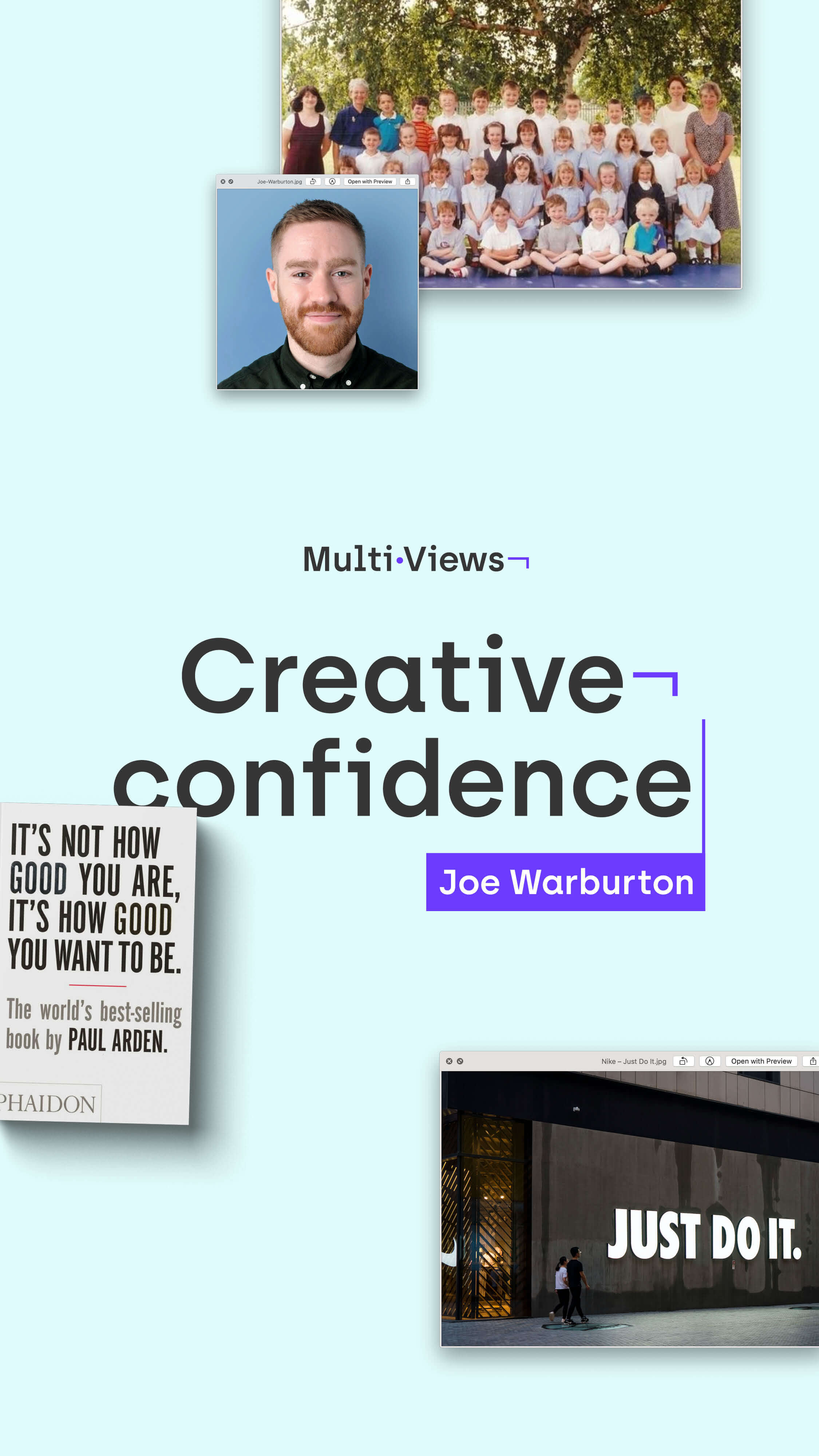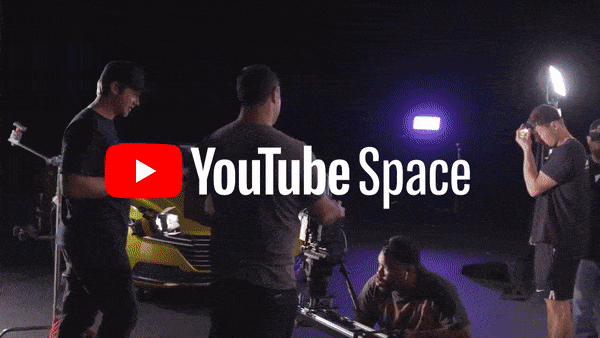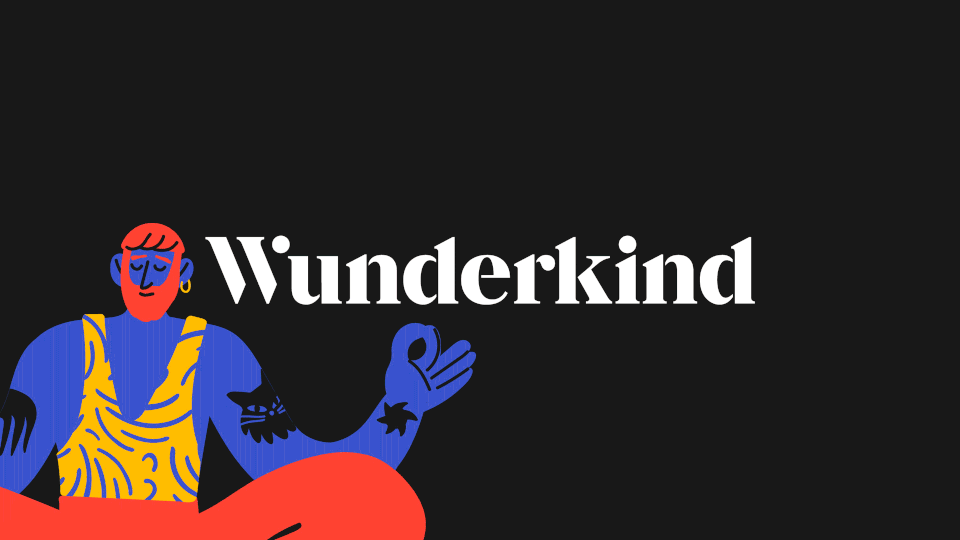Why confidence matters
As designers and strategists, our role is to create brands with confidence. But confidence can manifest itself in different ways. Brands can be the loudest in the room or act with humility. Successful brands are ones that act with authenticity.
Confidence lies on a scale. Too much can be perceived as arrogance. Too little and people look away. But authentic confidence — brands that are clear about what they stand for and how they show up — helps build customer’s trust. So how do we find it? And how do we use it effectively? For me, it started with maths.
Being the archetypal quiet kid
Growing up, I had zero confidence. I grew up with five sisters so as you can imagine, vying for attention was impossible. So I inevitably became the introvert of the family — reserved; but self-sufficient. In school, my grades were fine, but I refused to speak up for fear of being judged. I didn’t share an opinion in fear of getting shot down. And I didn’t take risks in fear of failure.
Instead, I found comfort in maths: a world of formulas and systems. X or Y. Yes or no. Rather than taking risks, I could approach a challenge methodically. Chasing that right answer felt more attainable than chasing approval. And I finally had a semblance of confidence. I finally believed in my ability. But self doubt still plagued me. I saw real confidence as the person who stood up to present in class; not the quiet kid who was good at maths.
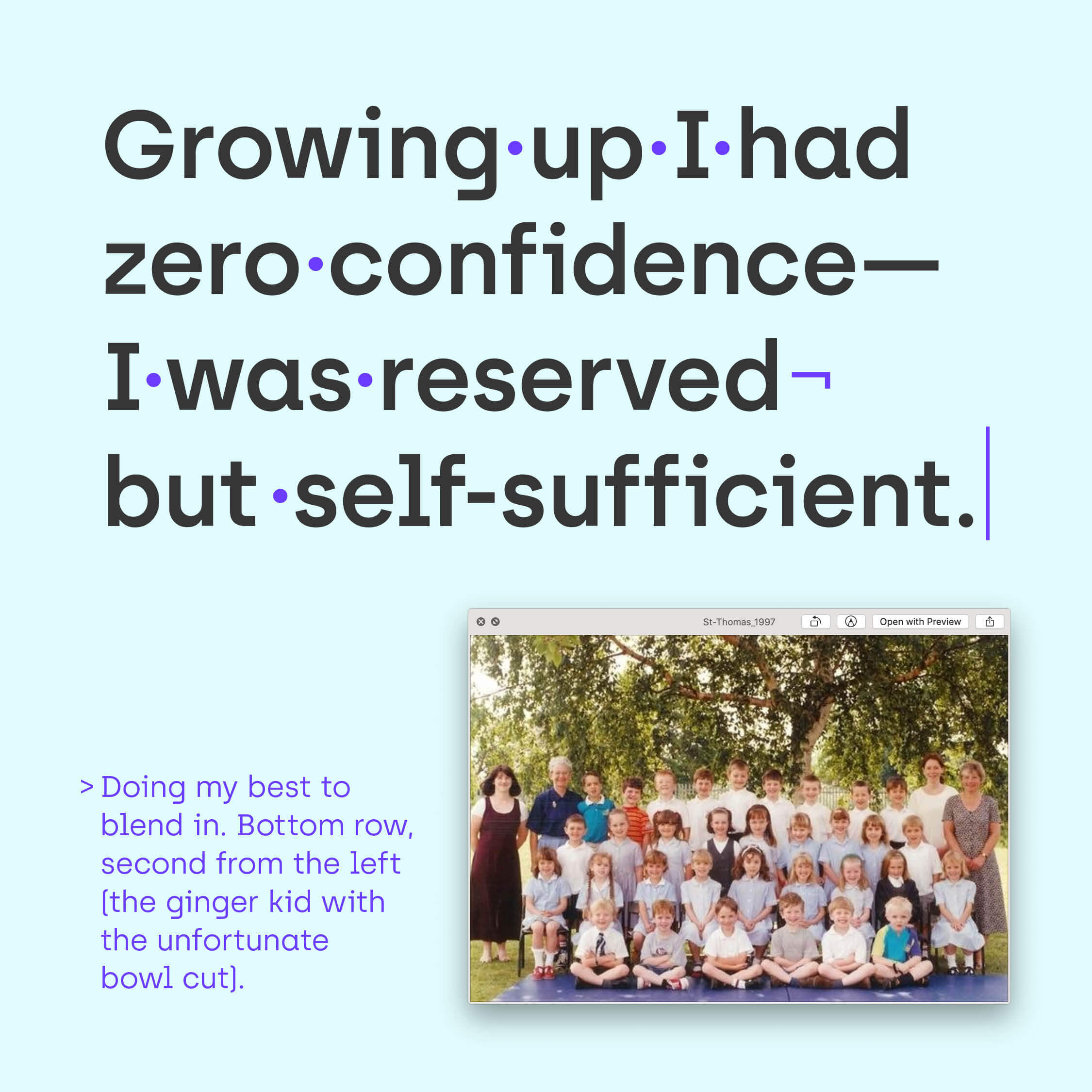
The power of self awareness
With confidence, anything is possible, right? It’s what we’re taught from a young age: Be brave. Speak up. Accomplish anything. Easier said than done. It isn’t something we can just switch on. But it is something we can cultivate. And it starts with acknowledging the power of self-awareness and recognising our strengths.
It’s important to remember that confidence isn’t the ability to do something; it’s the belief in that ability. It isn’t the act of standing up to present, it’s the belief that you can do it. We long for it because it comes from a place of self-acceptance. If you believe you are good enough, and you trust your strengths, confidence happens naturally — and as a welcome consequence, it instills confidence in others too.
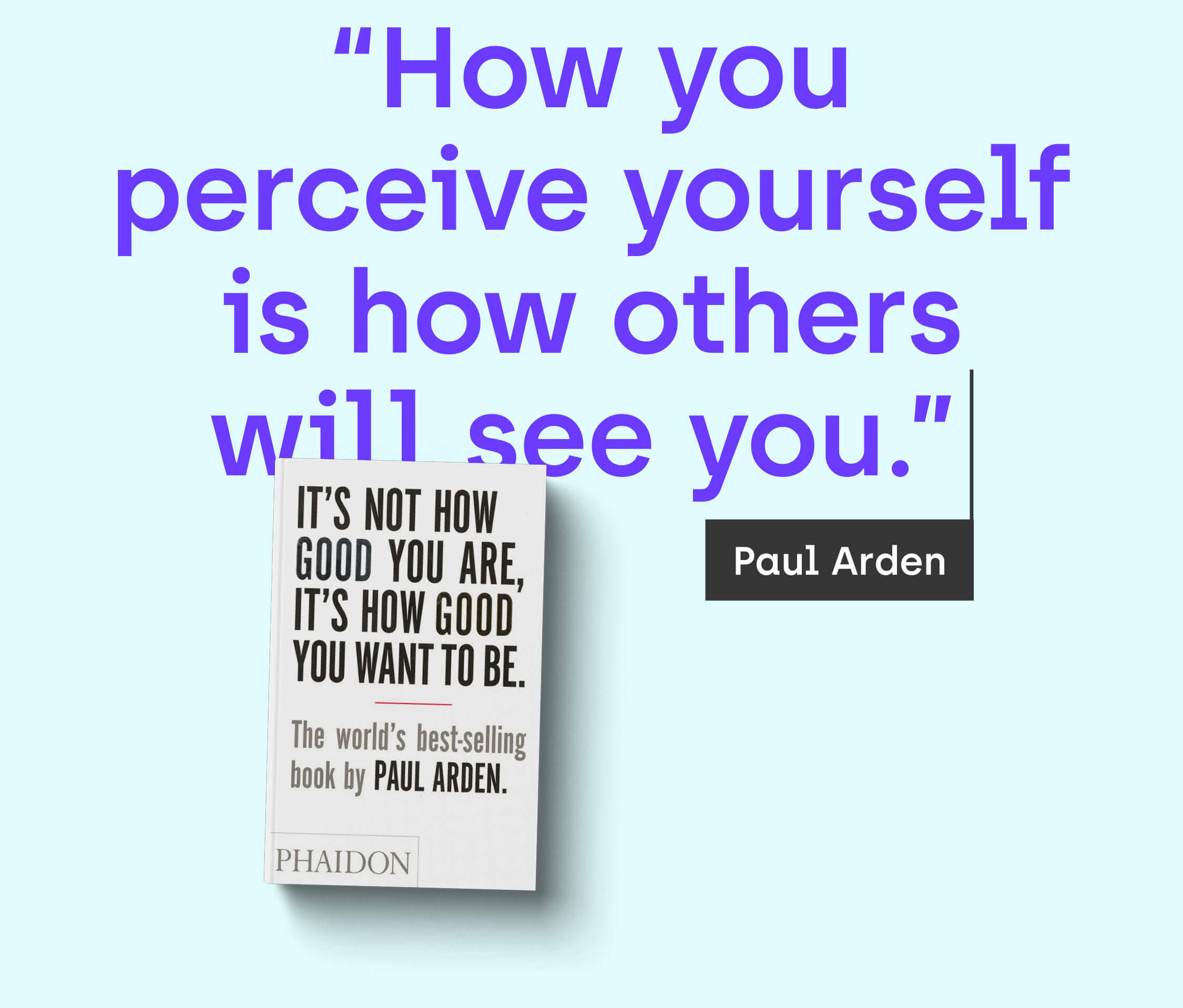
It’s Not How Good You Are, It’s How Good You Want to Be by Paul Arden
Confidence breeds confidence
I watched a Ted Talk recently given by a friend, Gina Martin. Gina spent two years tirelessly campaigning to make upskirting illegal; enduring pushbacks, hurdles and questioning at every turn. She openly admits to having no political experience, but because of her perseverance and conviction to speak out, she changed the law. But not only did she instigate change, she had the guts to go on stage, and speak candidly about her experience with sincerity, honesty and vulnerability.
Like any emotion, confidence is infectious. Watching Gina, I felt empowered. She spoke with humility, truth and self-belief. And self-belief is the catalyst to confidence. Through finding confidence in ourselves, we can act with conviction, and inspire others to do the same.

Finding your inner confidence
I always thought confidence was the opposite to the quiet kid. But confidence doesn’t always mean outspoken or extroverted—sometimes that can be misconstrued as arrogance if insincere. It comes from authenticity, regardless of how it is expressed. Our obsession with extroverted confidence as a measure of success holds us back. So we need to recognise that not only does it come in many forms, it is always rooted in one thing: belief.
Although the route from maths to design doesn’t appear linear, for me it felt like a natural evolution. I found comfort in the precision and technicality of crafting design, but I couldn’t deny the draw of utilising that craft to solve a problem. It felt enriching. And it gave me purpose. But the confidence I found in maths, I had to find in design.
Creating confidence
Like many designers, I have suffered from the disabling feeling of being overwhelmed by the creative opportunities in a new brief. Ideas can come easily, but the sheer multitude of ways that just one can be expressed, means that confidently committing to something can feel impossible.
Over the years however, I’ve learned that my love of logic — born from the confidence that I found in maths — was my way of taking on complex creative challenges. A great example of this was the process we went through when creating a new brand for YouTube Space.
Early on, we had the idea of using YouTube’s iconic playbar. Our initial thinking was to render the playbar in a multitude of creative ways, to represent how YouTube Space helps creators to unlock their potential: transforming its linear form (and humble function) into something altogether louder and more expressive. The ways we could do this were seemingly endless…
But the role of the brand wasn’t to show-off. It was to showcase the creators that it supports. And in order for people to recognise it as the playbar, I knew that it had to be an authentic representation of the original form, too. We decided that the playbar should play a supporting role — a subtle thread that weaves through everything that happens at YouTube Space: connecting the all-important content, but not distracting from it.
We used our bolder creative exploration to help tell this story to the client, but the rationale behind our recommendation of something less loud made the direction a logical choice: our process had given me the confidence to keep it simple, and our client trusted we had arrived at the right outcome.
Brand confidence
With confident clients, comes confident brands. And brand confidence is the ultimate measure of success. Take two of the most successful and ubiquitous brands: Apple and Nike. Two examples of purposeful brands that act with conviction and courage. If brands have confidence in their product and/or are confident in their cause, it encourages customers to feel the same.
We are attracted to confidence because it is often a shorthand for charisma. And charisma is alluring. But like humans, brand confidence doesn’t always mean being the loudest in the room. We can detect bullshit. And if something is disingenuous, customers look away. Brand confidence is committing to a cause with conviction, regardless of its volume level. They can be loud and brash, or quiet and modest. It doesn’t matter how it’s externalised, as long as it’s authentic to the brand.
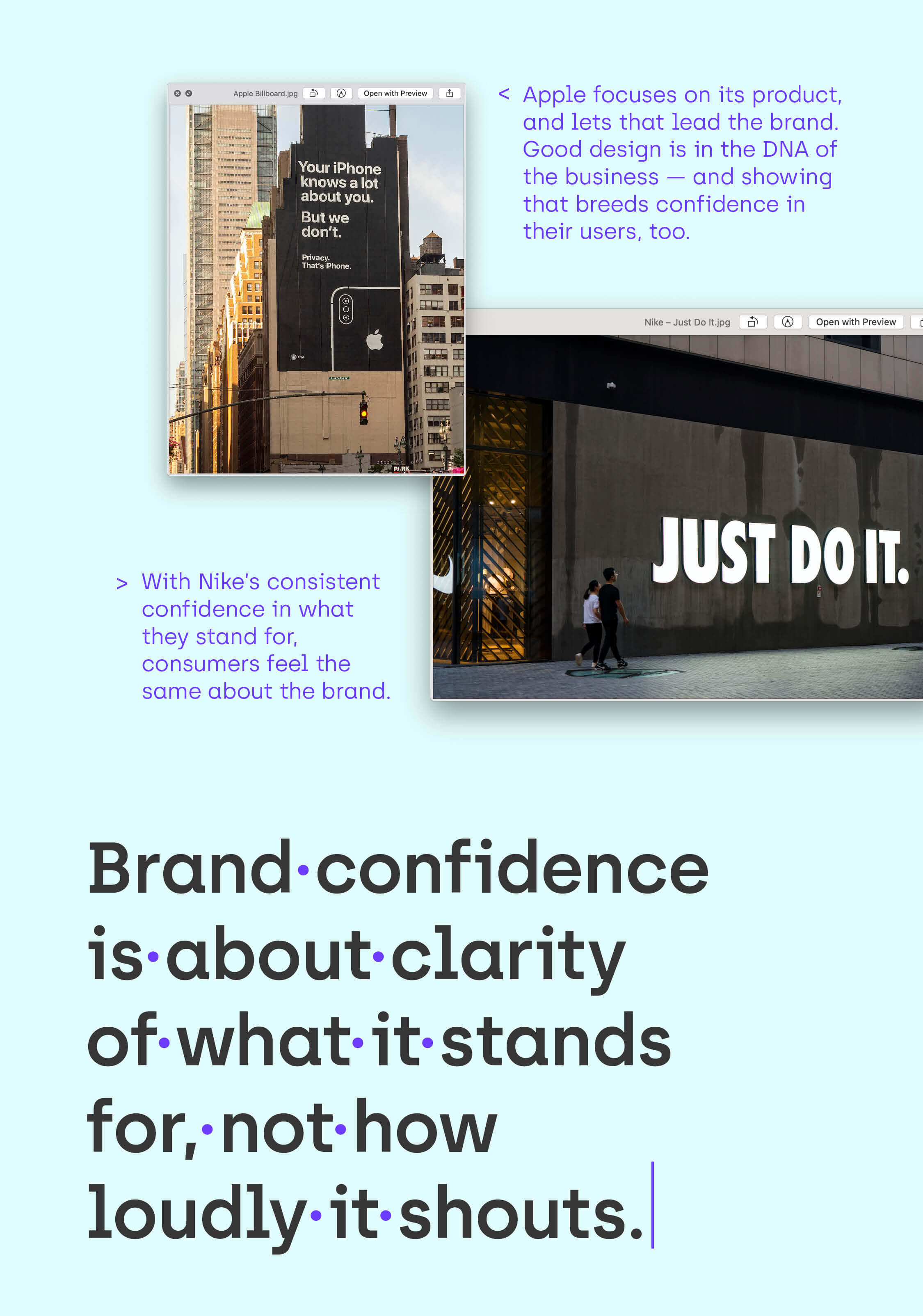
Think rationally
Like any task, practice makes perfect. But confidence starts with self-reflection. If we’re confident in ourselves, then others can be confident in us. And the same can be said for brands. It requires courage and self-belief, and that can take time. But with a rational mind – by recognising what makes us (and brands) authentic – we can create with confidence.
